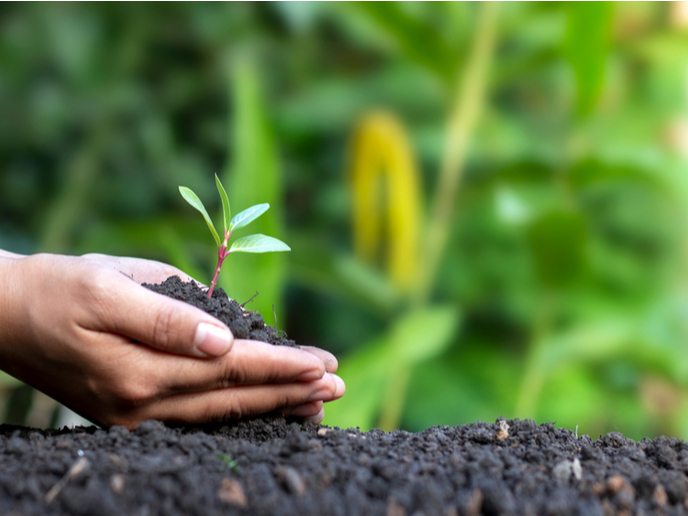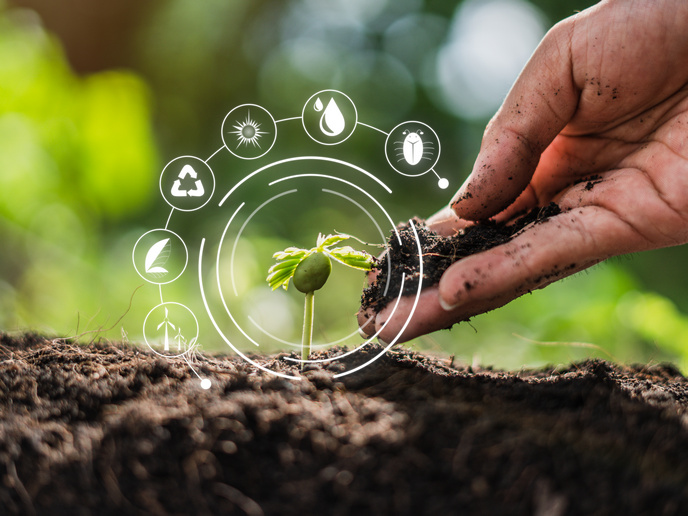The effects of climate change on permafrost carbon pools
Permafrost and dryland ecosystems are both extremely vulnerable and under severe pressure due to climate change. As permafrost thaws, soil organic matter stabilised by freezing temperatures becomes more exposed to microbial decomposition. This may further reinforce climate change by releasing significant amounts of CO2 into the atmosphere, creating a positive feedback loop. The EU-funded VULCAN(opens in new window) initiative set out to determine exactly how vulnerable soil organic matter is to climate change in permafrost and dryland soils, and how this can feed back into global warming. “The extent to which global warming influences the rate of soil organic matter loss is highly uncertain, as is how this affects permafrost and dryland ecosystems,” says César Plaza, who oversaw the VULCAN project. Remodelling organic matter transformation models The researchers aimed to reduce the uncertainty of current models by better understanding the underlying processes that stabilise or destabilise soil organic matter. Team members focused on the destabilisation, stabilisation and transformation processes of soil organic matter at the molecular level. They combined state-of-the-art methods for soil organic matter fractionation into carbon pools, radioactive isotope techniques and nuclear magnetic resonance. Warming experiments from Alaska to Spain The researchers endeavoured to fill major knowledge gaps and then make this information widely available to scientists, policymakers and the general public. They conducted unique warming experiments in the interior of Alaska and in central Spain conceived by Ted Schuur (Northern Arizona University, United States) and Fernando T. Maestre. The Alaskan experiment took place at a tundra site in 2008, while the one in Spain was conducted at a semi-arid Mediterranean site. “We collected soil samples from both experiments to examine the effects of the warming treatments on soil organic matter content,” notes Plaza. The VULCAN team investigated how much organic carbon in protected soils was affected by permafrost degradation. They used a unique ecosystem warming experiment called CiPEHR that applied fences that increase snow accumulation and thus trap more heat on one side of the fence. “Direct measurements of change in soil organic carbon in the permafrost warming experiment were a major challenge,” states Plaza. “Permafrost thaw induces profound physical alterations to the soil that make traditional methods for quantifying carbon pool changes to fixed depths difficult.” To overcome the challenge of directly detecting change in permafrost soil carbon pools, the researchers used the relatively stable mineral component of soil as a metric for pool comparisons across time. In the end they were able to show the potential to directly measure changes in permafrost soil carbon. Gauging soil carbon changes goes global Looking forward, the researchers plan to conduct repeat soil carbon pool measurements at large scale across the entire permafrost region. “This would be essential to truly understand the magnitude of the permafrost carbon feedback to climate change,” says Plaza. Project researchers have also recognised the need for observational studies on the vulnerability of soil organic carbon at the global scale in drylands.







